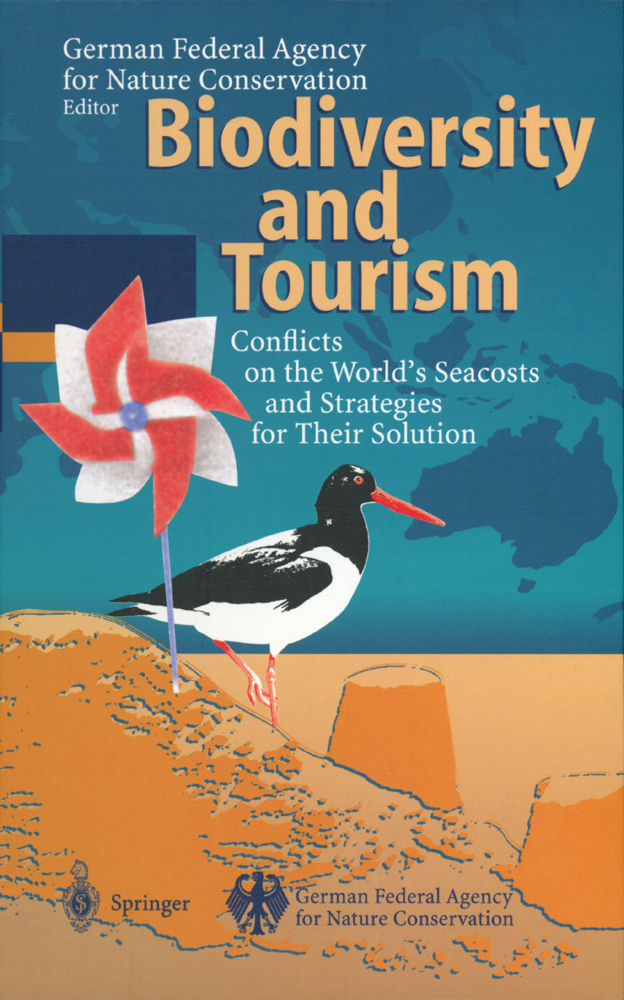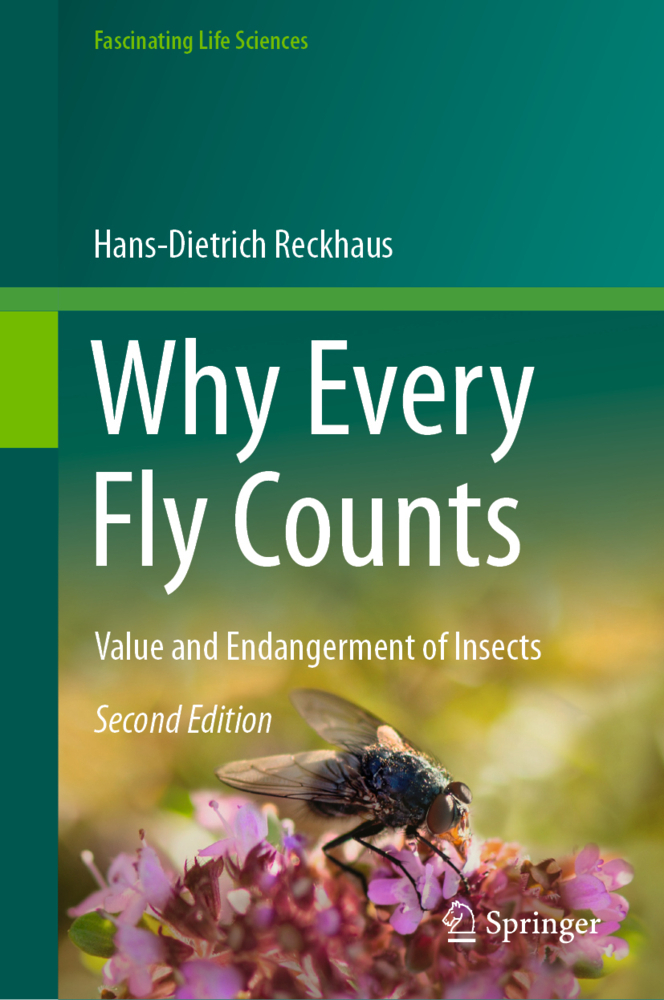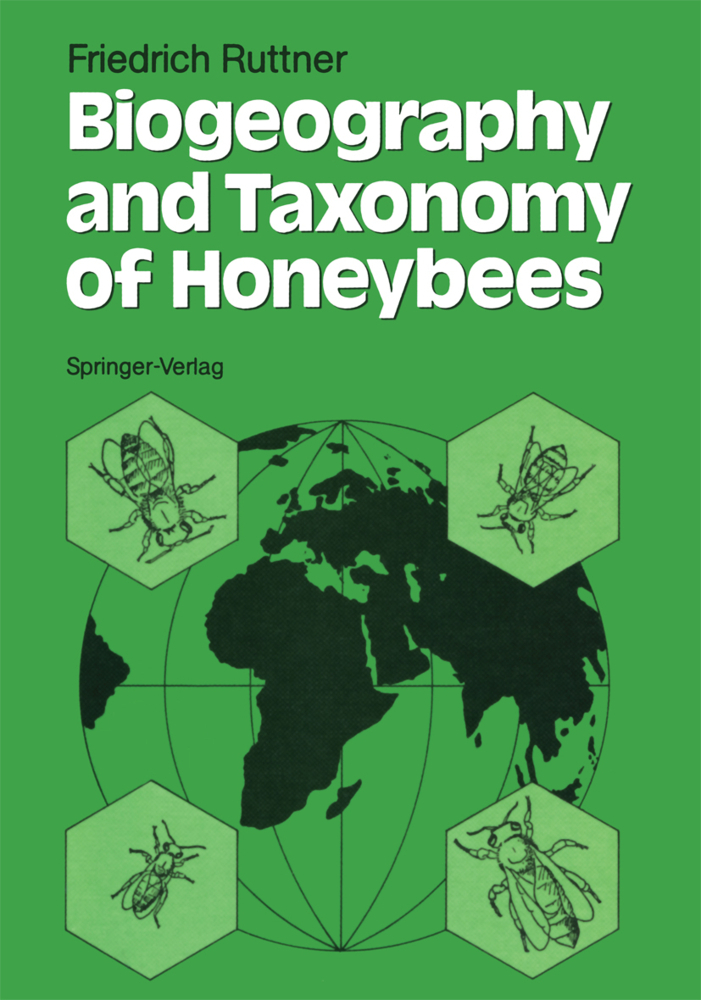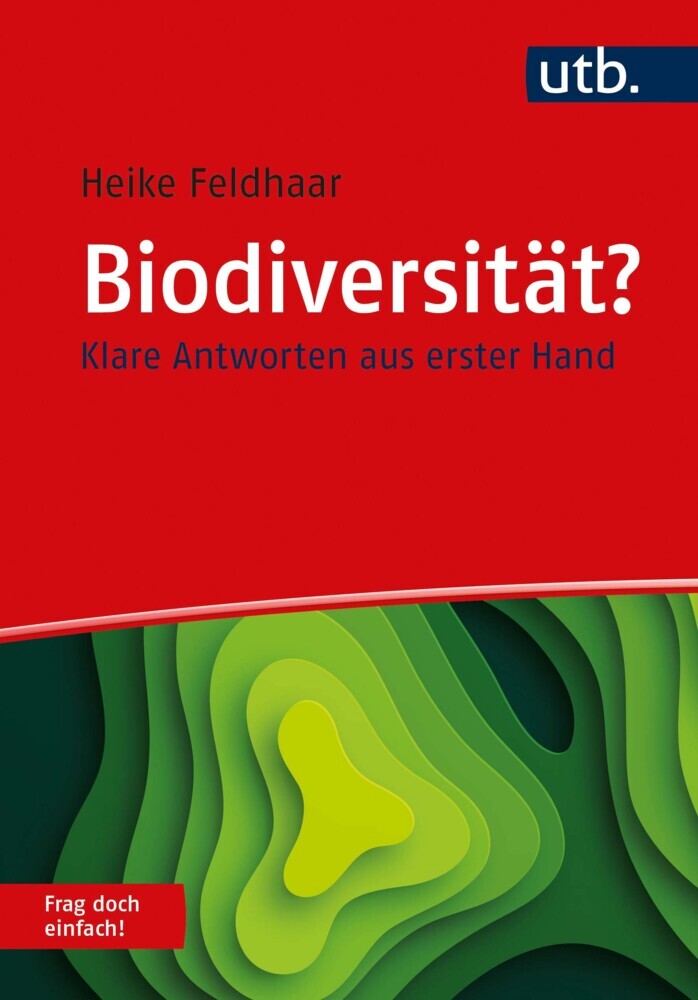Biodiversity and Tourism
Conflicts on the World's Seacoasts and Strategies for Their Solution
Biodiversity and Tourism
Conflicts on the World's Seacoasts and Strategies for Their Solution
It is in the best interest of all concerned that tourism become sustainable and environmentally compatible. This need for "sustainable development" is and more by the responsible parties. Moreover, in the being recognised more search for solution strategies the realisation is gaining ground that tourism must be viewed as a worldwide phenomenon whose development must be co-ordinated in a co-operative effort spanning regions and continents. That the preservation of biological diversity also requires global co operation has been confirmed by over 170 countries which have already acceded to the "Convention on Biological Diversity". It is thus an important task to provide the foundations for joint action. Germany, one of the largest source countries of international tourism, must feel particularly obligated in this regard. The report published here is the result of a research project com missioned by the German Federal Agency for Nature Conservation. The study pursued and examined the thesis that the Convention on Biological Diversity be used as a central instrument for arriving at international principles and regulations for combining nature conservation and tourism which could lead to a sustainable development of tourism. To further the discussion, the authors brought the study to a logical conclusion by working out a proposal for a "tourism protocol" additional to the existing Convention on Biodiversity. Such a protocol additional to the Convention would entail the stipulation of internationally binding implementation and regulations for achieving sustainable tourism.
Section A. The Global Situation
1 Global Biodiversity
2 The Development of Tourism
3 Impacts of Tourism on Species and Ecosystems
4 Solution Strategies
Section B. The European Situation
5 Coastal and Marine Ecosystems in Europe
6 European Biodiversity
7 Threats to Coastal and Marine Ecosystems
8 Coastal Tourism in Europe
Section C. Exemplary Cases of Conflicting Use and Solution Strategies in European Coastal Areas
9 Exemplary Cases
10 Strategies for Achieving Sustainable Tourism in Coastal Regions
Section D. The Legal Aspects
11 Legal Aspects Involved in the Research Project
12 On the Problems of Sustainable Tourism and the Need for International Regulations
13 Existing International Regulations Dealing with or Applicable to Sustainable Tourism
14 On the Question of the Need for Further International Regulations on Sustainable Tourism
15 Options for International Regulations on Sustainable Tourism
16 On the Level of Detail of a Worldwide Agreement on Sustainable Tourism
17 Proposal for a Worldwide Regulation Concerning Sustainable Tourism as a Protocol Additional to the Convention on Biological Diversity
18 Conclusion
E. Tourism statistics for individual countries
F. Alps Convention/Draft Protocol on Tourism (excerpt)
G. Antarctic Treaty/Protocol on Environmental Protection (excerpts)
H. Guideline for Visitors in Antarctica (excerpt)
I. Guideline for Those Organising and Carrying Out Tourism and Non-governmental Activities in the Antarctic (excerpt)
J. Council of Europe, Recommendation No. R (94) 7
K. Charter for Sustainable Tourism
L. Bibliography.
Summary
ZusammenfassungSection A. The Global Situation
1 Global Biodiversity
2 The Development of Tourism
3 Impacts of Tourism on Species and Ecosystems
4 Solution Strategies
Section B. The European Situation
5 Coastal and Marine Ecosystems in Europe
6 European Biodiversity
7 Threats to Coastal and Marine Ecosystems
8 Coastal Tourism in Europe
Section C. Exemplary Cases of Conflicting Use and Solution Strategies in European Coastal Areas
9 Exemplary Cases
10 Strategies for Achieving Sustainable Tourism in Coastal Regions
Section D. The Legal Aspects
11 Legal Aspects Involved in the Research Project
12 On the Problems of Sustainable Tourism and the Need for International Regulations
13 Existing International Regulations Dealing with or Applicable to Sustainable Tourism
14 On the Question of the Need for Further International Regulations on Sustainable Tourism
15 Options for International Regulations on Sustainable Tourism
16 On the Level of Detail of a Worldwide Agreement on Sustainable Tourism
17 Proposal for a Worldwide Regulation Concerning Sustainable Tourism as a Protocol Additional to the Convention on Biological Diversity
18 Conclusion
E. Tourism statistics for individual countries
F. Alps Convention/Draft Protocol on Tourism (excerpt)
G. Antarctic Treaty/Protocol on Environmental Protection (excerpts)
H. Guideline for Visitors in Antarctica (excerpt)
I. Guideline for Those Organising and Carrying Out Tourism and Non-governmental Activities in the Antarctic (excerpt)
J. Council of Europe, Recommendation No. R (94) 7
K. Charter for Sustainable Tourism
L. Bibliography.
German Federal Agency for Nature Conservation
Mattson, P.
Dahms, F.
| ISBN | 9783642645082 |
|---|---|
| Artikelnummer | 9783642645082 |
| Medientyp | Buch |
| Copyrightjahr | 2014 |
| Verlag | Springer, Berlin |
| Umfang | 343 Seiten |
| Abbildungen | XXIII, 343 p. 89 illus. in color. |
| Sprache | Englisch |











